- Home
- slideshows
- miscellaneous
- 10 animals that are rapidly adapting to survive in cities and new climates
10 animals that are rapidly adapting to survive in cities and new climates
Crested anole lizards have adapted to life in urban environments.

The color of Tawny owls' feathers is shifting in response to climate change.
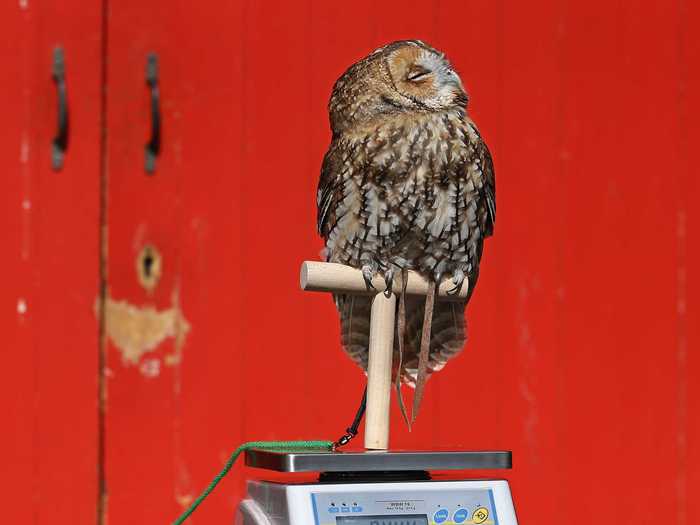
Tawny owls have adapted to climate change through the microevolution of their plumage coloration. The hues of their feathers are determined by the degree of reddish-brown pheomelanin pigmentation.
Based on data gathered in Finland between 1981 and 2008, researchers reported that although grey feathers are dominant, there has been an increase in brown-colored owls as winters become milder.
The researchers wrote, "our study constitutes, to our knowledge, the first empirical evidence of climate-driven change in selection on a heritable trait."
Pink salmon in Alaska migrate earlier due to rising water temperatures.
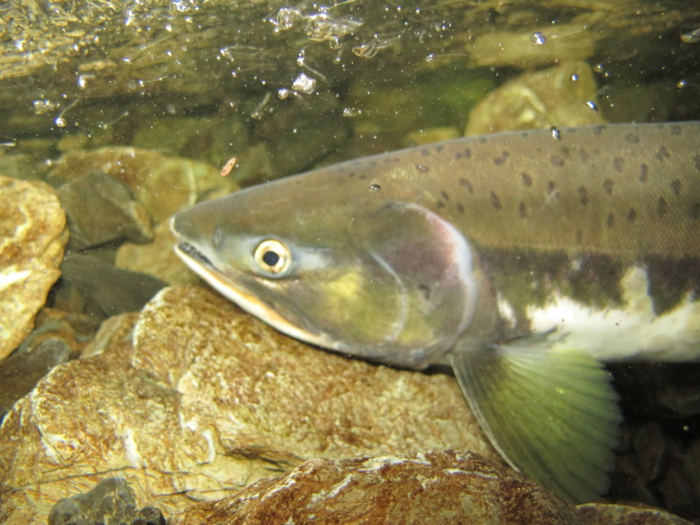
In Auke Creek, a small stream near Juneau, Alaska, climate change has caused the water temperature to increase by an average of 0.054 degrees Fahrenheit (.03 degrees Celsius) every year, according to National Geographic.
As a result, local pink salmon populations are making an earlier migration.
Researchers found that coral reefs can acclimate to changing temperatures.
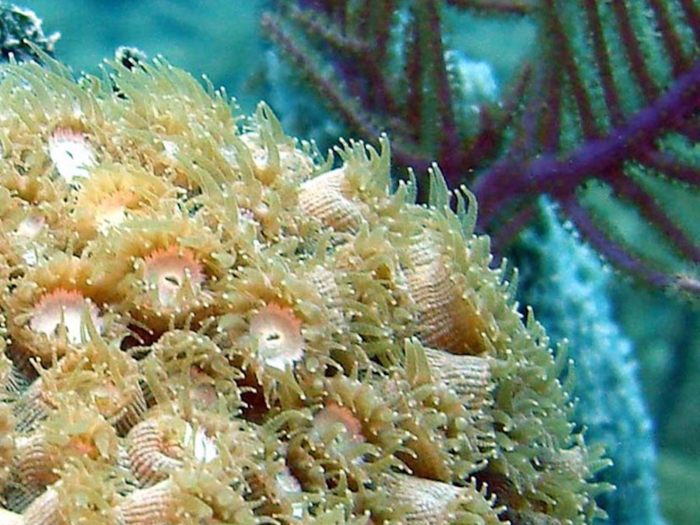
Global warming and pollution lead to bleaching in coral reefs — a process that occurs when corals expel the algae that live in their tissues and give them color. This is a dire problem that could lead the world to lose all its reefs, though a few populations are showing signs of heat resistance.
A study published in the journal Science in 2014 looked at how corals acclimate to different reef sites with varied water temperatures. To determine why some coral populations are more tolerant of changing temperatures than others, the researchers transplanted coral populations in sites with different temperature regimes to see if they would acclimate to their new environment. The researchers determined that in less than two years, acclimatization initiated the same level of heat tolerance that would normally result from generations of natural selection.
Monarch butterflies are delaying their southern migration due to warmer weather.
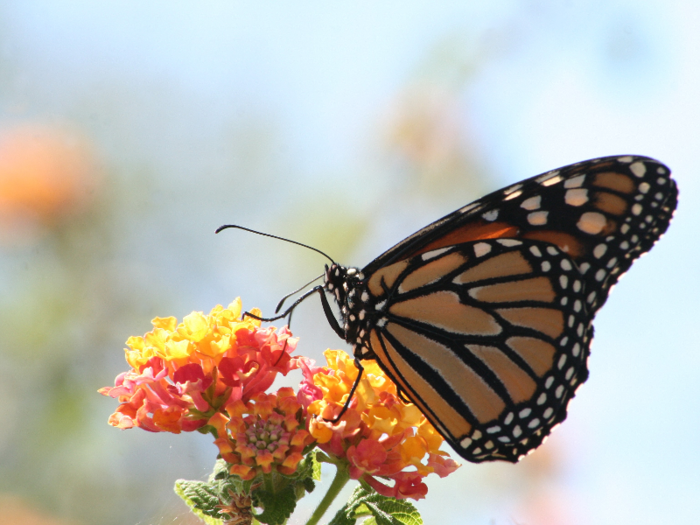
The monarch butterfly is known for its two-way migration — it flies south during winter then returns north as warm temperatures return. This migratory ability is linked to a single gene that codes for a protein involved in building the butterflies' flight muscles.
This elegant insect times its journey from the northern US and Canada to Mexico based on temperature and day length. Due to above-average temperatures, the butterflies have delayed their southern migration by up to six weeks in recent years, according to Columbia University's Earth Institute.
The color of European snail shells is changing.
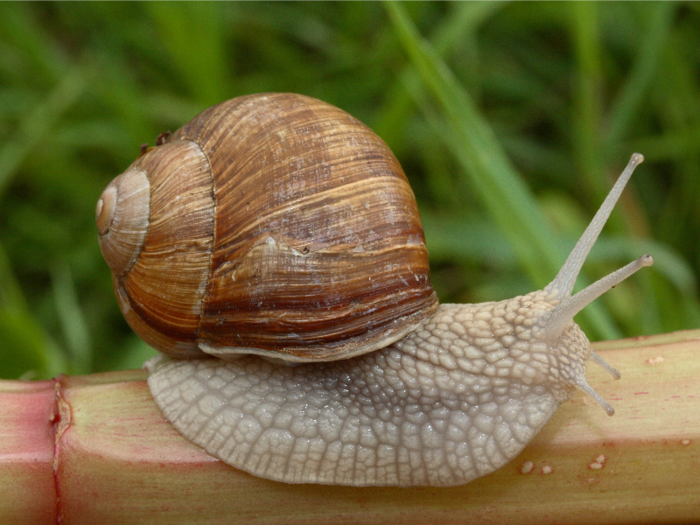
According to a study published in 2011, snails in the Netherlands and other parts of Europe have adapted to changes in climate and environment by switching up their shell colors from brown to yellow.
Research on this subject has also stemmed from a Dutch-led citizen-science initiative called SnailSnap, in which people submit photos of snails via a mobile app. The project revealed that there were more yellow snails in urban areas. Because dark snails absorb more heat than their yellow counterparts, the phenomenon that could be related to temperature (since cities tend to be warmer than rural areas).
Mice in New York City are adapting to eat fast food.
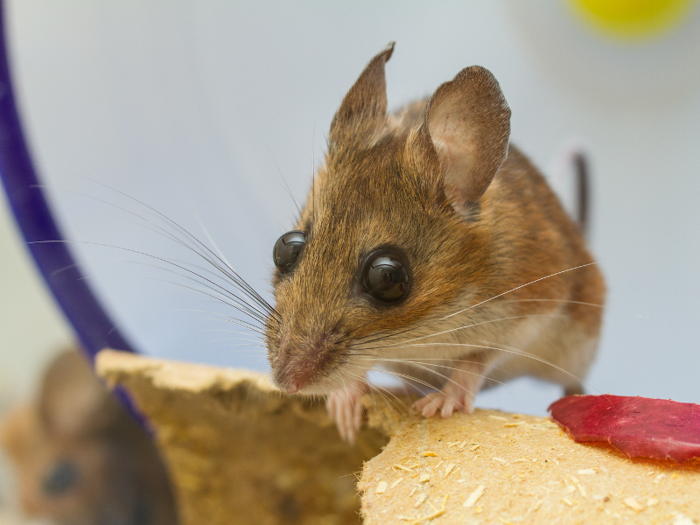
If you’re not a born-and-bred urbanite, it takes time to adapt to city life. That is even true for mice in parks around New York City.
Scientists analyzed the genomes of 48 white-footed mice from across the city and neighboring locales (like New Jersey and New York’s Hudson Valley). The researchers, who hailed from the State University of New York and Fordham University, learned that the metropolitan critters had evolved genetically to handle urban diets, including human grub like pizza and fast food.
The change in the mice's digestion may also be due to a difference in the availability of certain plants and insects.
Blackbirds are changing the pitch of their calls due to noise pollution.
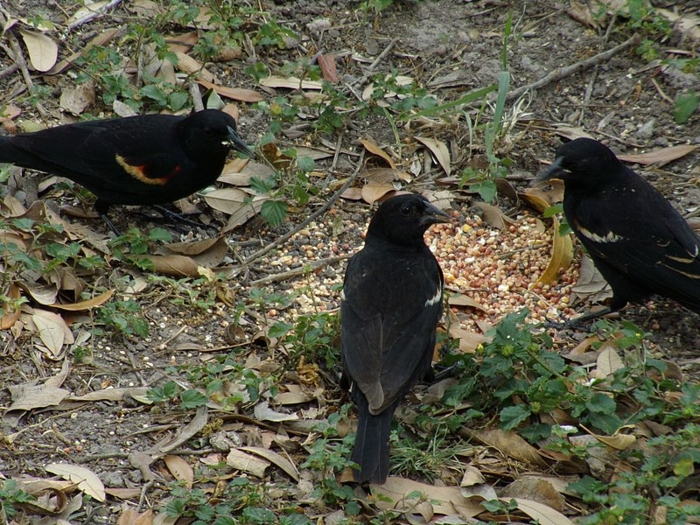
In noisy environments such as cities, animal species that communicate vocally have trouble talking to one another. A study conducted in Salamanca, Spain, found that blackbirds can shift the pitch of their vocalization so they’re not overpowered by low-frequency ambient noise.
Cave-dwelling crustaceans lost their ability to see, since it's no longer necessary.

Three species of cave-dwelling crustaceans, each belonging to different subgroups within the class Malacostraca (which also contains shrimps and lobsters), lost their eyesight over millions of years. Seeing isn’t very helpful when you live in darkness, so these creatures have evolved to navigate using smell and touch instead.
It is perhaps not a surprise that animals living in total darkness might, over many generations, shed the parts of their brain devoted to seeing. But this vanishing act had never been confirmed for these species until a 2015 study found a "considerable reduction of the optic lobe," over millions of years in the blind crustaceans living in deep, dark caves. The rate of the change was startling, as Dr. Martin Stegner from the University of Rostock in Germany told the BBC.
Red squirrels have shifted their breeding schedule to adapt to rising spring temperatures.
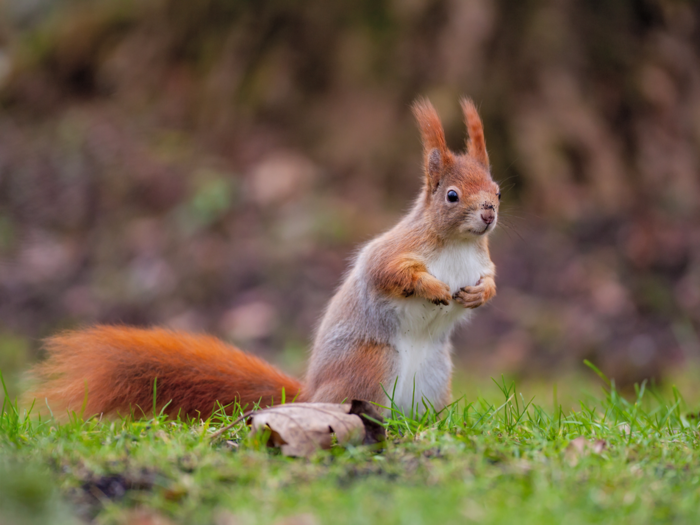
According to a Canadian study published in 2003, climate change has led red squirrels in the Yukon to shift their breeding time by 18 days due to higher spring temperatures and more food supply. The study featured data from 5,000 tagged female squirrels, who were tracked over 10 years.
Further, using data sets spanning 20 to 30 years, a 2016 Finnish study found that weather in relation to food sources is important to successful reproduction for two species of squirrels, the European red squirrel and Siberian flying squirrel,. The team confirmed that warming spring temperatures advanced the onset of reproduction in both species.
The study concluded saying, "Clearly, our results support the idea that the effects of climate change are more extensive than simple changes in temperature."
Popular Right Now
Popular Keywords
Advertisement